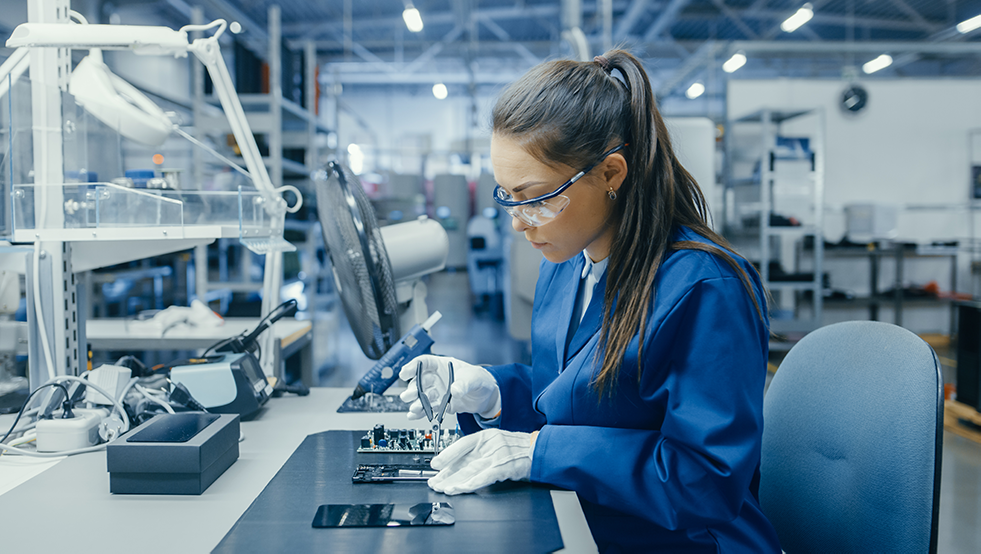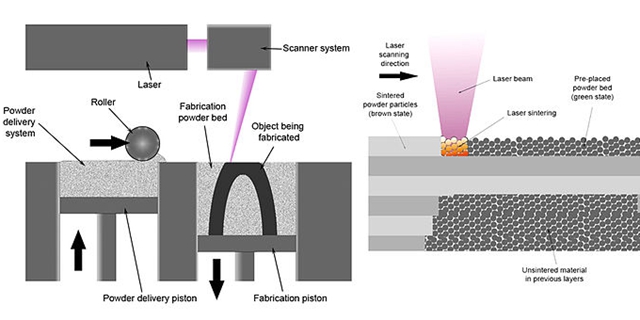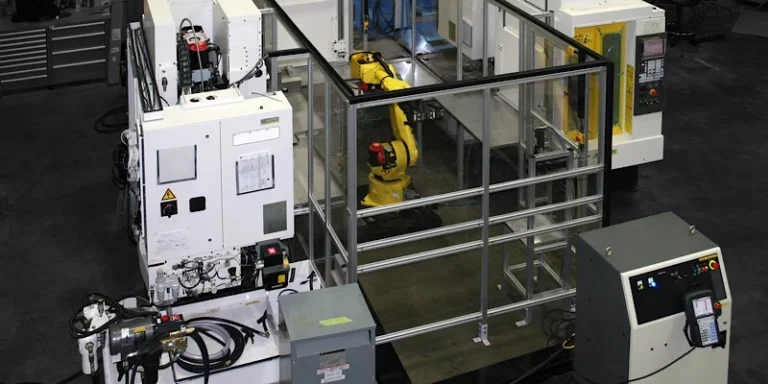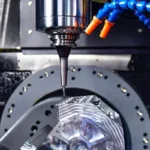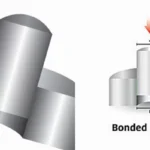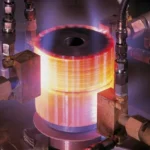Rapid prototyping is a design process in which engineers create geometric models to test various aspects of a product, such as its functions, features, and performance. This approach is believed by experts to minimize waste and allow for the correction of any design flaws. Consequently, why has Rapid Prototyping Technology experienced such a significant boom?
A Brief Introduction Of History Of Rapid Prototyping
Rapid prototyping technology (RPT) was initially developed in the United States. In 1987, 3D Systems introduced the first commercial rapid prototyping equipment. The adoption of RPT in industrial applications began in the 1990s, marked by its use by companies such as Pratt & Whitney and Eastman Kodak. The technology quickly expanded its application scope and was adopted by major companies including Boeing in the US, as well as GM, Audi, and BMW in Germany, among other renowned international firms. By 1992, rapid prototyping equipment was being utilized in over 500 projects across 17 countries.
Rapid Prototyping In China
In China, the development of rapid prototyping technology began in the early 1990s, spearheaded by institutions such as Xi’an Jiaotong University, Tsinghua University, Huazhong University of Science and Technology, and Beijing Longyuan AFS Co., Ltd. These organizations have conducted research on technologies and equipment related to light curing, fused deposition modeling, layered manufacturing, and selective laser sintering. Today, the corresponding rapid prototyping equipment has been commercialized.
The core advantage of rapid prototyping technology lies in its ability to reduce manufacturing costs and shorten market response times, making it a preferred choice for manufacturers. Rapid prototyping technology has seen significant development and widespread adoption, particularly in the beauty industry, and is now extensively used in various fields including automotive, motorcycle, aviation, military, and medical sectors.
How To Make A Prototype
Rapid Prototyping technology has significantly diminished the uncertainties regarding a product’s suitability for users. This technique allows product developers to evaluate, gather data, and make informed decisions based on feedback from the initial prototype users.
Here are the benefits of creating a prototype in the rapid manufacturing process:
Early Detection of Defects and Design Flaws
Early detection of errors in the prototype allows for corrections, thereby reducing waste and preventing the mass production of defective items.
For Fast Estimation of Cost, Time and Material Requirements
Designing models assists the manufacturer in determining the actual production value, the amount of material required, the expected turnaround time, and the personnel needed. This data enables the manufacturer to create a budget and estimate the final production costs.
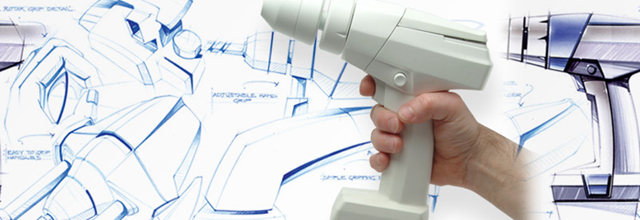
To Gather Accurate Information
Inadequate supplies can lead to increased project costs due to extensive rework. However, developing a functional prototype helps to solidify the requirements needed for the final model.
To Technically Understand Weakness in Production
Developing a working prototype enhances your understanding of both anticipated and unexpected technical issues in the design process. This enables you to address these challenges by applying a well-designed system to the final product.
To Determine the Machinery Needed
Manufacturers often face dilemmas with rapid machining, such as uncertainty about whether existing machinery can handle production, whether modifications are needed, or if new machinery must be purchased. Creating a prototype is the ideal way to determine the necessary mechanisms and address these questions.
Testing the Wellness and Durability of the Product
Creating a prototype makes it easier to determine if the product is a perfect fit, saving the manufacturer time, money, and materials that would otherwise be wasted on rework. It also helps in assessing the durability of the materials used and their ability to withstand wear and tear.
To Seek Funds
A prototype can demonstrate the practicality of your project. By developing one, you boost investor confidence and increase the likelihood of securing funding for your idea.
Receive Feedback from End-Users
Receiving feedback from clients, distributors, and customers helps identify flaws in the function or design. This information is crucial for designers when correcting errors in the design.
5 Rapid Prototyping Methods
With the development of new materials, especially high-performance materials, and the application of rapid prototyping, increasingly advanced rapid prototyping technologies are being produced. Below are a few typical examples.
1. Stereo Lithography Apparatus (SLA)
Selective liquid photosensitive resin curing is a type of rapid prototyping technology that first appeared in machine prototyping. It is characterized by a full tank of liquid photosensitive resin, which is the material used for SLA (Stereolithography) rapid prototyping. At the beginning of the process, the resin liquid quickly cures under UV irradiation. The workbench is then raised to the height of the liquid level for the next section thickness. The resin is focused by a computer-controlled UV laser beam, which scans the cross-sectional contour along the liquid surface. The scanned area cures and forms the desired contour. The workbench then drops by one layer height, and another layer of liquid resin covers it. During the second scan and curing process, the newly solidified layer bonds firmly to the previous layer. This process is repeated until the entire product is formed.
2. Laminated Object Manufacturing (LOM)
This method relies on a 3D model of each section’s contour line and is controlled by a computer. A CO2 laser beam scans the lightweight materials (such as floor glue or paper) to cut the layer outline. Step by step, the layers are bonded together, eventually forming a three-dimensional product.
3. Selected Laser Sintering (SLS)
Selective Laser Sintering (SLS) uses a CO2 laser and powder materials (such as plastic powder, ceramic powder, and metal powder mixed with a binder) to create molds. The process begins by spreading a layer of powder material on the workbench. A computer-controlled laser beam, guided by cross-sectional contour information, then sinters the designated areas of the powder. After sintering, the workbench drops by one layer height, and a new layer of powder is spread over the surface of the previously solidified layer. This process is repeated until a three-dimensional product is formed.
4. Fused Deposition Modeling (FDM)
Controlled by a computer, the rapid molding machine’s nozzle is heated according to the cross-section contour information. As the nozzle moves along the x-y plane towards the z-axis direction, silk material (such as a plastic wire) is fed into the nozzle, where it is heated and melted. The melted material is then selectively deposited on the workbench, rapidly cooling to form the cross-section contour. Once a layer is completed, the workbench drops by the height of one layer, and the next layer of coating begins. This process is repeated layer by layer until a three-dimensional product is formed.
5. Three-Dimensional Printing (TDP)
Three-Dimensional Printing (TDP) operates with a rapid molding machine nozzle controlled by a computer, based on cross-section contour information. In this process, layers of powder material are prepared, and adhesive is selectively sprayed to form the section contour. After completing a layer, the workbench drops by the height of one section layer, and the next layer of adhesive is applied. By repeating these steps, a three-dimensional product is ultimately produced.
Rapid Prototyping Process
Rapid prototyping is a manufacturing technology characterized by a swift production process. One method, 3D printing, might seem like a new technology, but it has actually been around for over 30 years.
The technology has advanced significantly, now utilizing automated software and processes. It employs CAD (Computer-Aided Design), which has had a positive impact on the 3D printing market. As a result, customers can receive molded parts within 15 days, depending on the design’s complexity.
The introduction of three-dimensional material addition was a breakthrough in rapid prototyping. However, the true impact of 3D printing was realized with the integration of computer-assisted technologies such as CAD, CAM (Computer-Aided Manufacturing), and CAE (Computer-Aided Engineering).
Unlike injection molding and CNC machining, rapid prototyping methods have certain limitations. It’s also important to note that 3D printing, stereolithography, and laser sintering face challenges due to the layering of materials.
Rapid prototyping in China produces products from hard tools in the shortest possible time, offering clients quality models at lower prices. It achieves precise dimensions, forms, and other features by detecting and touching the materials.
The Development Of Rapid Prototyping
Traditional manufacturing methods were costly to set up. For example, processes like injection molding or CNC prototyping were expensive and inefficient for producing low-volume custom prototypes.
Rapid prototyping has revolutionized the process by turning ideas into realistic concepts. Advances in this technology allow for the creation of high-fidelity models that function like the finished product, following a series of validation stages geared towards mass production.
Creating a prototype is now faster than ever before. Using CAD data enables quick execution based on frequent testing results and real feedback, giving designers and engineers an easier time actualizing their ideas.
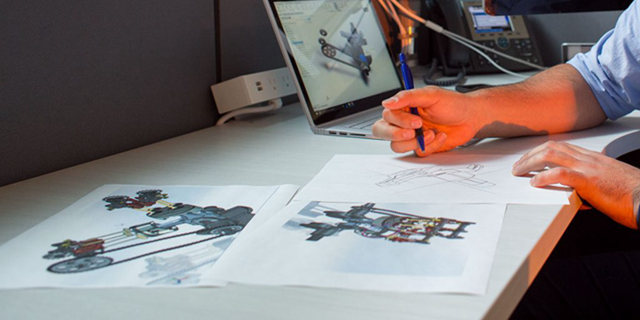
Rapid Prototyping technology emerged as a leading manufacturing and new product development method in the 1990s. In industrialized nations, adopting Rapid Prototyping technology has become a crucial strategy for companies to ensure shorter development cycles and enhance design quality in new product development. With increasing market competition and faster product turnover, maintaining competitiveness in both domestic and international markets has become essential.
To stay competitive, it is imperative to adopt advanced innovative methods, increase investment in new product development, and foster a culture of innovation. Rapid Prototyping technology allows for the rapid manufacturing of new product samples, regardless of complexity, without the need for tools, dies, or tooling fixtures.
This technology enables the quick creation of models or samples that can be directly used for new product design, appearance evaluation, and functional verification. It greatly benefits product design optimization, significantly increasing the success rate of new product development, enhancing market competitiveness, shortening development cycles, and reducing development costs. Enterprises can leverage Rapid Prototyping technology to drive product innovation activities.
Rapid Prototyping technology has found applications in various fields, including design inspection, market prediction, engineering testing (such as stress analysis and air duct evaluation), assembly testing, mold manufacturing, medicine, and aesthetics. Its most significant impact is in the manufacturing industry, where it is used extensively (up to 67%), demonstrating its substantial effect on improving product design and manufacturing standards.
Why You Need Rapid Prototyping
Rapid prototyping has gained significant recognition among engineering designers as an accurate method for manufacturers to bring their final products to life. Additionally, rapid prototyping with metal has advanced considerably, becoming a go-to solution for a range of industries. It ensures the realization of various design concepts using different metals.
Here are the reasons you need rapid prototyping:
Efficient Concept Realization
Previously, designers had to start from scratch or make significant changes to the design, which was time-consuming and resource-intensive. However, with rapid prototyping, issues can be resolved during the process, saving both time and resources.
Communicate Ideas
To fully convince all stakeholders and ensure their satisfaction, a physical model is far more effective than an on-screen visual design presentation. A tangible prototype allows for clearer communication of ideas and provides a channel for actionable feedback, helping refine and improve the design.
Saves Cost and Time
One of the main reasons to use rapid prototyping is its ability to develop exact products according to requirements without the need for special tools. Any alterations or changes in the design can be made using a CAD model, keeping the process efficient and consistent.
Reduces Design Errors
With additive manufacturing, it is easier to identify faults in the design before mass production begins, thereby reducing design errors and ensuring a higher quality final product.
The Future Developing Direction For Rapid Prototyping
There are still many shortcomings in rapid forming technology. Future research and development will primarily focus on the following aspects:
- Improving the reliability and productivity of rapid forming systems, particularly their ability to produce large parts with high precision.
- Developing economical rapid prototyping systems.
- Innovating and enhancing rapid prototyping methods and processes.
- Developing high-performance materials for rapid forming.
- Creating advanced software for rapid prototyping.
As a rapid prototyping supplier in China, AS Prototypes is committed to continuously updating our skills and knowledge to better serve our customers worldwide.
Prototypes provide the opportunity to conceptualize a design that meets the look and feel expectations of your customers. The process allows for testing the product, the production method, and the end-user experience. Feedback from users provides valuable information, enabling you to gather insights, re-create, and refine the design.

